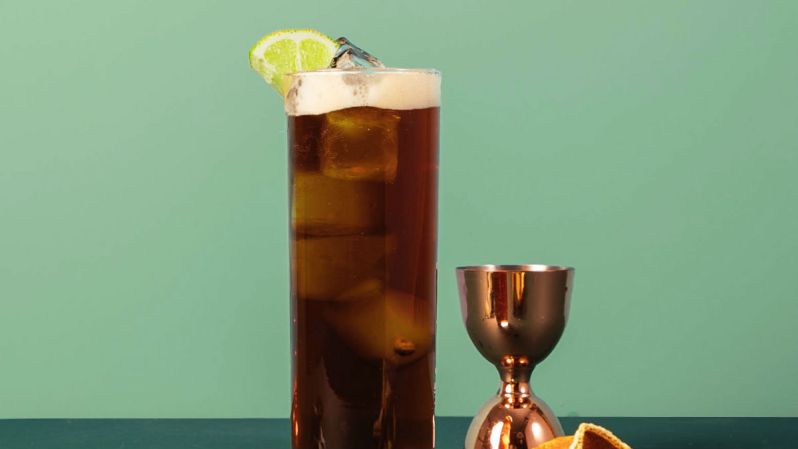
Alcohol and coffee go together like Cheech and Chong, like JD and Turk, like Barack Obama and Joe Biden. This we know, and we know well. (We know it really well after a long night, but that’s for another time). Whether you like cold brew cocktails, or you prefer the classic Irish Coffee, what you probably think of first, when thinking of the two together, is some mix of whiskey and coffee. Well, if a certain coffee giant has their way, that might change.
Yes, friends, Starbucks has (re)entered the alcohol and coffee fray (around this time last year, the company released a Woodinville Whiskey barrel-aged Sulawesi coffee at their Roastery in Seattle), but this time, they’ve moved away from the brown spirits into the realm of … slightly less brown spirits. Starbucks has released a gin barrel-aged cold brew.
To make this special release,which will also only be available at their Roastery, Starbucks worked with Seattle-based Captive Spirits, who produces, among other things, a barrel-aged gin they call Big Gin (you can read more about their peated version of Big Gin here).
The beverage began with unroasted, small-lot Rwandan coffee beans, which were then transferred by hand into the barrels. The beans stayed in the barrels for several weeks, and were hand-rotated multiple times over that period to ensure maximum contact with the wood.
Once aged, the beans were roasted. After roasting, the lively Rwandan coffee retained the vanilla, pepper, and cardamom notes from the gin and the barrel. This leads to a citrus-forward coffee with a caramel finish.
The whiskey-aged coffee might not be around anymore, but starting March 13, consumers will be able to try this special edition brew in Starbucks’ twist on a gin and tonic (who ever thought those words would show up in the same sentence?). For the drink, Starbucks baristas shake together the Gin Barrel-Aged Rwanda coffee concentrate, ice, and a few dashes of lime bitters. Tonic is added and it is finished with a lime wedge.
On the mocktail, Jennifer Galbraith, Starbucks manager of product development for research and development had this to say:
“When you go to take your first sip, you’ll smell the quinine from the tonic and the botanicals from the gin and the coffee. Then you taste the orange and lemon, finishing with caramel notes from the coffee and the barrel. It weaves together like a piece of fabric and leaves you with a light, refreshing flavor.”
If a G&T isn’t your thing, you can also pick up a bag of the whole beans to go (homemade cold brew Ramos gin fizzes, anyone?).



